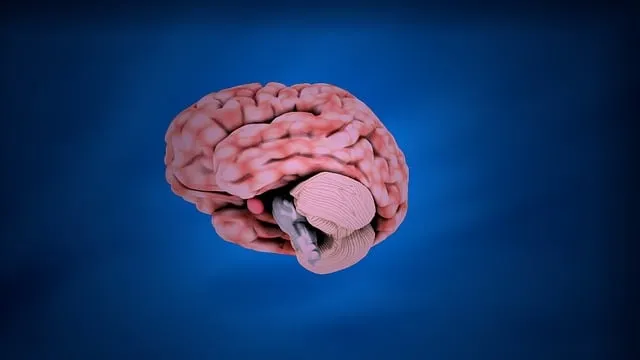The Littleton Kaiser Permanente Mental Health Center employs a dual qualitative-quantitative evaluation method for its mental wellness programs, utilizing structured assessments, participant surveys, and interviews. By integrating Mental Health Education Programs Design and Mind Over Matter Principles, the center assesses program efficacy, tracks client improvements (including symptom reductions, engagement, and functioning), and adapts services to diverse needs. Regular reviews of metrics enable them to refine care quality and ensure responsiveness to their client population's evolving mental health requirements.
Mental wellness program evaluation is a multifaceted process crucial for ensuring the effectiveness and continuous improvement of healthcare services, particularly at Littleton Kaiser Permanente Mental Health Center. This article explores various evaluation methods employed by the center, from assessing program impact through qualitative and quantitative measures to engaging diverse stakeholders and leveraging data for informed decision-making. By delving into these strategies, we uncover how Littleton Kaiser Permanente optimizes its mental health services, offering a testament to comprehensive and evidence-based practice.
- Assessing Program Impact at Littleton Kaiser Permanente Mental Health Center
- – Measuring success and identifying areas for improvement
- – Qualitative vs quantitative evaluation methods
Assessing Program Impact at Littleton Kaiser Permanente Mental Health Center

At the Littleton Kaiser Permanente Mental Health Center, evaluating the impact and effectiveness of mental wellness programs is a multifaceted process. The center employs a comprehensive assessment strategy to gauge the success of interventions designed to enhance patient mental health and well-being. This approach includes both quantitative and qualitative methods, ensuring an all-encompassing understanding of program efficacy.
One key method involves tracking participant outcomes over time through structured assessments. These evaluations measure changes in symptoms, coping strategies, and overall functioning before and after program involvement. Additionally, feedback from participants through surveys and interviews provides valuable insights into their experiences with specific programs, such as Mindfulness Meditation or Coping Skills Development sessions. Integrating Mental Health Education Programs Design principles into these assessments helps identify the most impactful elements of the center’s offerings, allowing for continuous improvement and refinement of services.
– Measuring success and identifying areas for improvement

Evaluating the success of a mental wellness program is a multifaceted process that goes beyond simple satisfaction surveys. At the Littleton Kaiser Permanente mental health center, for instance, they employ a comprehensive approach to gauge the impact and effectiveness of their services, drawing insights from both client feedback and clinical outcomes. This includes tracking improvements in symptoms, such as reduced anxiety or depression scores, as measured by standardized assessments.
Furthermore, they consider factors like client engagement, adherence to treatment plans, and changes in overall functioning. By integrating Mind Over Matter Principles and ensuring Cultural Sensitivity in Mental Healthcare Practice, the center aims to foster resilience building among participants. Regularly reviewing these metrics allows them to identify areas for improvement, tailor interventions, and ultimately enhance the overall quality of care, ensuring that services remain responsive to the evolving needs of their diverse client population.
– Qualitative vs quantitative evaluation methods

The evaluation of mental wellness programs at institutions like the Littleton Kaiser Permanente mental health center often involves a mix of qualitative and quantitative methods to gain a comprehensive understanding of their impact. Quantitative approaches, such as surveys and statistical analysis, measure outcomes on a large scale, providing hard data on improvements in symptoms, satisfaction levels, or patient demographics. These methods are efficient for tracking progress over time and identifying trends within the population served, like changes in anxiety levels among patients at Kaiser Permanente.
In contrast, qualitative methods, including interviews, focus groups, and case studies, delve deeper into individual experiences, offering insights into emotional regulation, positive thinking, and burnout prevention. By exploring participants’ perceptions, beliefs, and behaviors, these techniques uncover nuanced aspects of mental wellness that quantitative measures might miss. Integrating both approaches allows for a balanced evaluation, ensuring that the program’s effectiveness is assessed both statistically and within the rich context of individual patient journeys at facilities like Kaiser Permanente.
Evaluating mental wellness programs, such as those at the Littleton Kaiser Permanente Mental Health Center, is a multifaceted process. By combining qualitative and quantitative methods, healthcare professionals can gain a comprehensive understanding of program impact. Measuring success and identifying areas for improvement are essential to enhancing patient outcomes and ensuring the continuous optimization of these critical services. The approach outlined here, inspired by practices at Littleton Kaiser Permanente, provides a robust framework for assessing and improving mental health programs across various settings.






